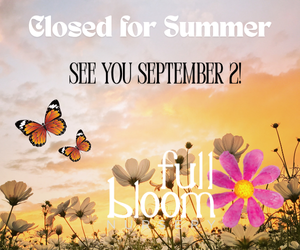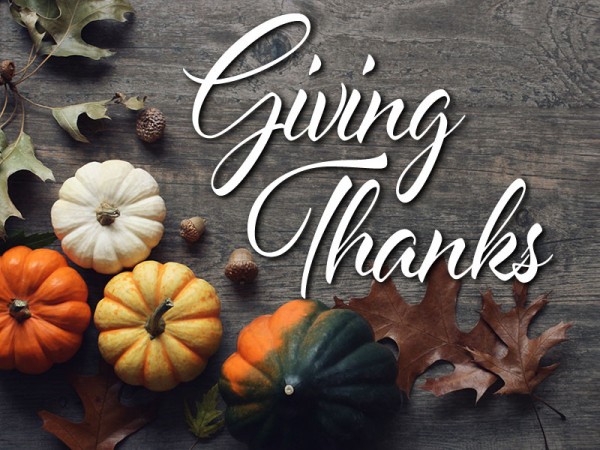Winter weather is finally here, and I'm sure the last thing you want to do is work outside. However, winter does provide us a good opportunity to think about our lawns and landscapes, and begin planning for 2003.
Assess the energy efficiency of your landscape. Do you have evergreen trees or shrubs blocking a window where the sun's warmth would be welcome? Consider replacing them with a deciduous plant that would let sun in during the winter, but cast cooling shade in the summer.
During the short days of winter, landscape ornamentals with striking silhouettes draw attention. Try corkscrew willow, kousa dogwood, weeping cherry, and ornamental grasses. Consider placing one of these where it can be seen from a west window at dusk.
Winter is the time to apply miscible oil sprays to kill overwintering mites, aphids, and scale on deciduous trees and shrubs. Spray miscible oils when temperatures are above 40F, but not within 24 hours of a freeze. Because the oil kills insects by suffocation, avoid spraying on windy days to ensure that all surfaces of the plant are covered.
When choosing a location for new shrubs and trees, remember spots that are sunny in the garden now may be shady in the spring or summer. Ornamentals, such as azaleas, camellias, dogwood, mahonia and leucothoe, prefer shade.
For added security around the home, plant thorny shrubs on property lines and under windows. Some very thorny ones to consider include pyracantha, trifoliate orange, Rosa rugosa, and thorny elaegnus. Order plants now for latewinter planting.
Some plants that should be pruned in later winter or early spring are hydrangea, butterfly bush, Rose-of-Sharon, hibiscus and other summerflowering shrubs that flower on new growth. Prune springbloomers, such as azaleas, right after they flower.
When pruning large limbs, always undercut first. This means to cut from the bottom up, one-third of the way through the limb, then finish by cutting from the top. The undercut keeps the limb from splitting and breaking off, which could damage the trunk and become an entryway for insects and diseases. Do not cut flush to the trunk, the collar or enlarged base of a branch produces hormones that help heal wounds.
Billy Skaggs Agricultural Agent Hall County Extension Coordinator. 734 East Crescent Drive Gainesville, GA 30501 Phone:(770)531-6988 Fax: (770)531-3994 Email: [email protected]
Monday
August 4th, 2025
10:13PM











